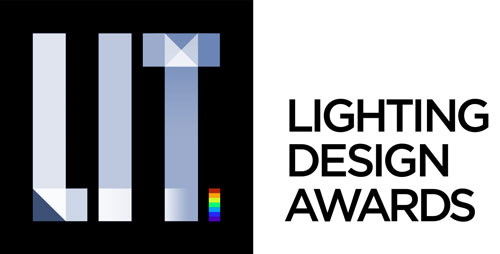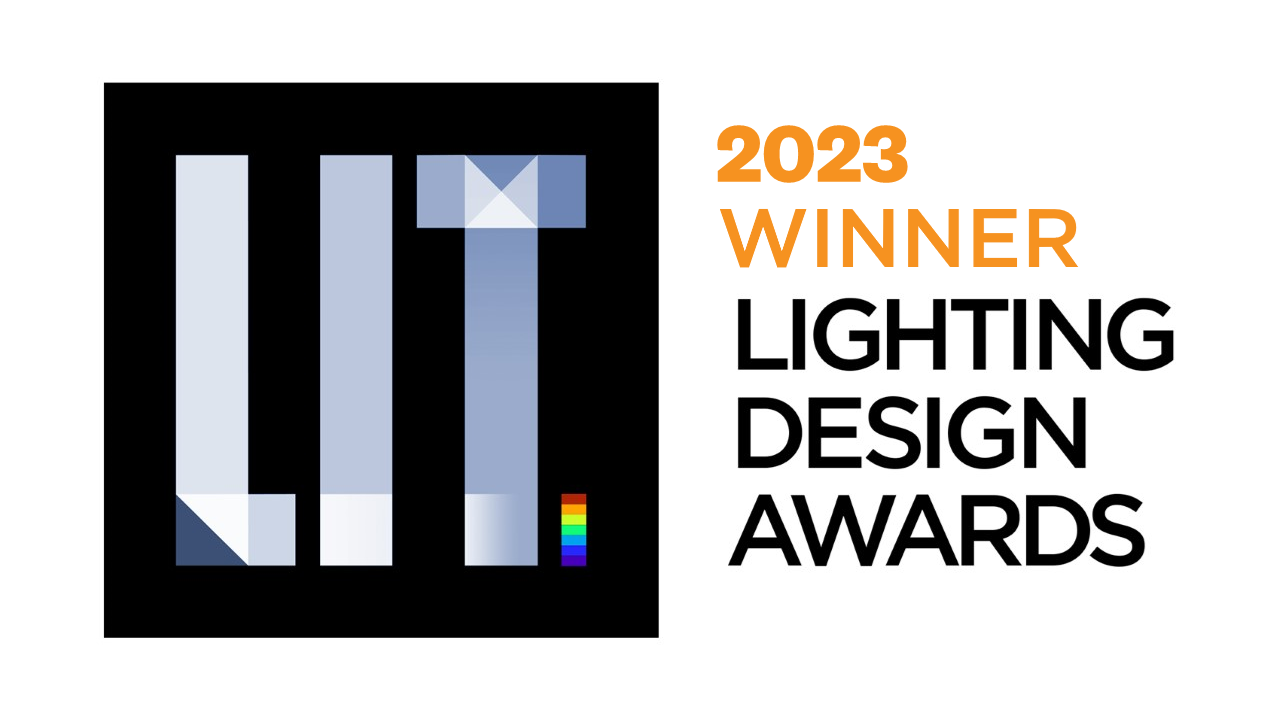Prize(s) Winners in Visitor Experience & Museum Exhibition
Company Limarí Lighting Design
Lead Designers Pascal Chautard
Other Designer's names Felipe Grandón, Carolina Roese, Barbara Marambio
Client TELSUR
Photo Credits Aryeh Kornfeld
Other Credits museography SUMO
Completion Date may 2021
Project Location Valdivia, Chile
Entry DescriptionOur design concept was divided into 2 parts:
1 Exterior design concept relative to the house as a “patrimonial container”
2 Museography design concept “telecommunications and lighting as technologies of an age”.
Exteriorly, we felt lighting had to maintain the original identity of the house, avoiding any lighting pollution because the town is on a huge wetland. We proposed to simulate the night presence of inhabitants by lighting through the windows. A coloured fabric panel placed to the back of the window’s depth, which is lit by a perimetral linear system.
The interior architectural and museographic lighting is following the museographic script form the first room of the museum, which relates to the history of communications before electricity is lit with 2200K, the second ambient which relates to telecommunications following electricity’s arrival is lit with 2700K, the third ambient which relates to the fifties and sixties has a 3500K lighting, and finally the IP era is lit with a 4000K and RGBW lighting. Lighting was custom designed for each kind of showcase, looking for integration of lighting systems and generating the best experience for visitors. The project is equipped with control system based on DALI protocol that allow to program on a very precise level each luminaire as to produce the right ambient for visitors experience in each room.
Sustainability ApproachThe city of Valdivia is situated on a huge wetland zone with 12,54 squared miles of registered wetland spaces, with a fantastic biodiversity so we decided that exterior lighting has to avoid any light pollution and the façade lighting was integrated into the architecture in the windows spaces.
The interior lighting project is equipped with a complete control system that allows to switch on every room of the museum when visitors are not present.














